Apartment buildings concerned about electric vehicle charging
In many apartment buildings in Ho Chi Minh City, finding a place to charge electric vehicles is not easy. According to our records, many places have refused to charge electric vehicles because of concerns about overloading the electrical system, increasing the risk of fire and explosion.
Mr. Nguyen Thanh Vinh, a resident of Osimi Tower apartment building (An Hoi Dong ward), said: "I just bought an electric motorbike, but when I got home, the management board did not allow me to charge it in the basement. So every day after work, I have to take my motorbike to a private service charging station, which is really inconvenient."
Since July 23, the Tan Phuoc Apartment Management Board (Minh Phung Ward) has requested Tan Son Phat Service LLC not to keep electric vehicles in the basement area, due to concerns that the battery system and charging are fire safety risks...
Not long ago, Dat Lanh Real Estate Company Limited (investor of An Thai 1-2-3-4-5-6 apartments and Thai An office-apartment complex in Ho Chi Minh City) sent a document to the People's Committees of An Hoi Tay, Dong Hung Thuan, Trung My Tay wards, residents and management boards, management boards of related Thai An apartments with a plan to review all electrical systems, electrical wires, especially in the basement and notify residents how to use the charging stations. Charging stations (if any) must be permitted by the competent authority for fire prevention and rescue.
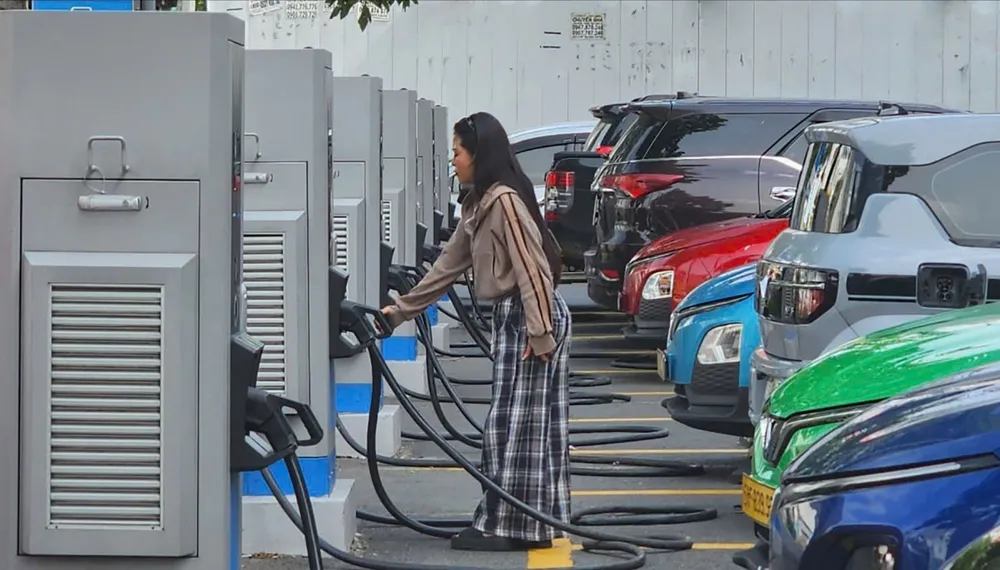
Talking to SGGP reporter, Mr. Nguyen Van Duc, leader of Dat Lanh Real Estate Company, explained that in the past, when constructing, the company calculated the power lines, power lines, power stations, transformers... suitable for a certain number of residents, without making provisions for electric vehicle charging stations. For example, a 200kvA transformer only serves apartments with a scale of several hundred families. Now, there is an additional amount of electricity consumed by electric vehicles and they are often charged during peak hours (after 5 p.m. onwards), so the amount of electricity consumed will increase a lot, causing overload.
With this situation, the Ho Chi Minh City electricity industry will find it difficult to have enough resources to invest in grid infrastructure. For example, the transformer of the apartment building was previously 200kvA, now that there is a need to charge electric vehicles, it will be increased to 250kvA, which means the transformer must be changed. Next, there must be two separate wiring systems: one for all residents to use according to the previous standard and one dedicated to electric vehicle charging stations.
Huge capital investment
Mr. Le Thanh Hai, Director of the Center for Economic Application Consulting, Ho Chi Minh City Institute for Development Studies (HIDS), said that in the Project to convert gasoline vehicles to electric vehicles recently submitted to the Ho Chi Minh City People's Committee, the center proposed that Ho Chi Minh City Power Corporation (EVNHCMC) install more transformer stations and upgrade the power grid to ensure the need to charge 2-wheel and 4-wheel vehicles in the future.
The HIDS project shows that the city's power system maintains an average transmission grid reserve of about 40% with the ability to ensure a stable power supply. In addition, EVNHCMC has also developed an investment capital plan for the 220-110kV grid for the 2021-2025 period, with an amount of more than VND 30,200 billion.
For the 22/0.4kV medium and low voltage grid, Ho Chi Minh City has developed a plan to "Underground the grid combined with underground telecommunication cables in the city in the period of 2021-2025". It is expected that by the end of 2025, the undergrounding rate in the area will reach 50%-60% for the medium voltage grid and 35%-40% for the low voltage grid.
Although the plan is like that, in reality, many challenges appear. According to HIDS, if many charging stations operate at the same time during peak hours, the pressure on the local power grid will be very large. Therefore, to promote the development of electric vehicles, Ho Chi Minh City must include the load issue related to the operation of the charging station system in the future power grid investment plan.
Another limitation is that the charging and battery swapping infrastructure is still rudimentary, not meeting the goal of electrifying vehicles, when Ho Chi Minh City currently has only about 600 public charging points (mainly implemented by some private enterprises such as VinFast , Selex, MBI). The State has almost not participated in investing in the charging station network for electric vehicles. Meanwhile, the land fund for charging stations for electric vehicles of all kinds, especially in the inner city, where land prices are high, requires huge investment costs.
According to Mr. Bui Trung Kien, Deputy General Director of EVNHCMC, for houses using long-term electrical systems, families should invite technicians to check pipes, wires, and circuit breakers; high-power electrical devices must have protective circuit breakers. For apartments, there must be a dedicated electric vehicle charging system with suitable capacity and separate protective equipment such as anti-leakage circuit breakers. The electric vehicle charging area also needs to be arranged separately, with fire protection equipment, a monitoring system, and even monitoring personnel to handle promptly when fire and explosion incidents occur.
12 medium voltage points may be overloaded during peak hours
According to the leaders of EVNHCMC, HCMC currently has at least 12 medium voltage points that are at risk of being overloaded during peak hours if the number of electric vehicles increases rapidly. These are areas at risk of overloading the 22-110kV grid, mainly located in the center and the Southeast. The city is planning to invest in 8 new transformer stations and expand the capacity by 300MVA, along with 131km of lines.
Source: https://www.sggp.org.vn/ha-tang-dien-luc-chua-dap-ung-nhu-cau-sac-xe-dien-post805891.html







![[Photo] Dan Mountain Ginseng, a precious gift from nature to Kinh Bac land](/_next/image?url=https%3A%2F%2Fvphoto.vietnam.vn%2Fthumb%2F1200x675%2Fvietnam%2Fresource%2FIMAGE%2F2025%2F11%2F30%2F1764493588163_ndo_br_anh-longform-jpg.webp&w=3840&q=75)
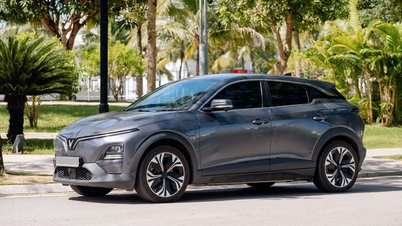

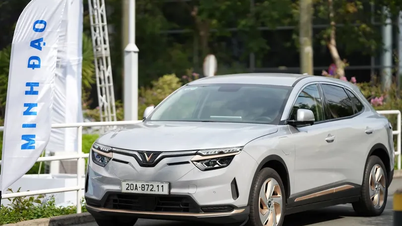
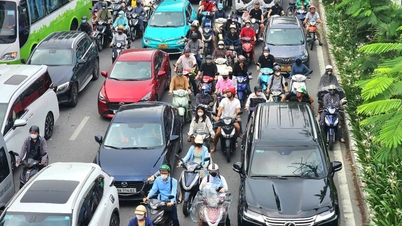



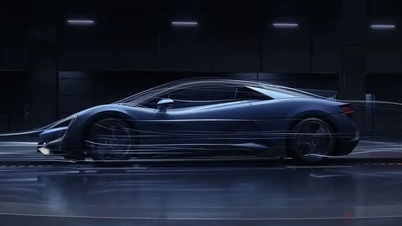









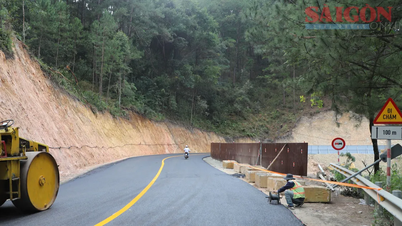






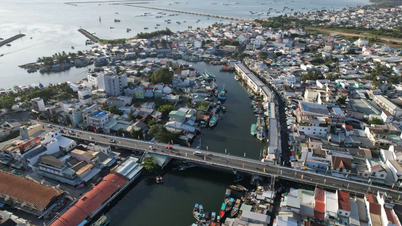





























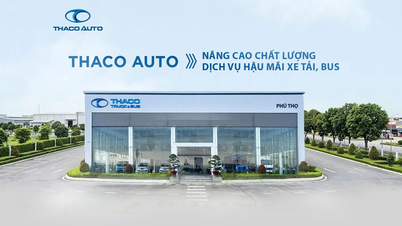















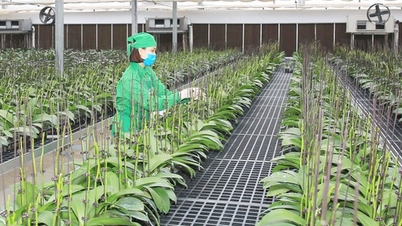










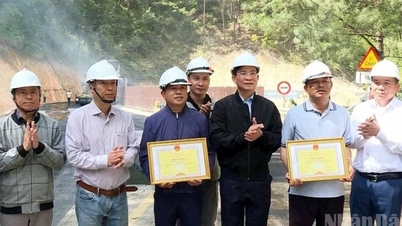


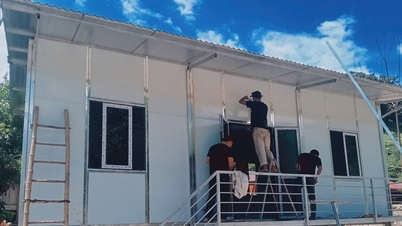














Comment (0)